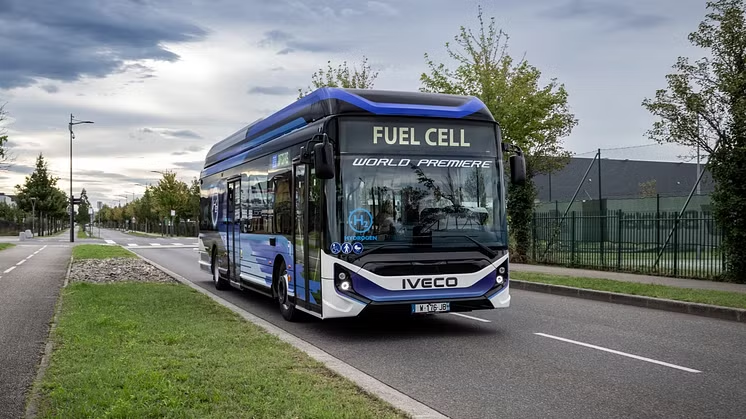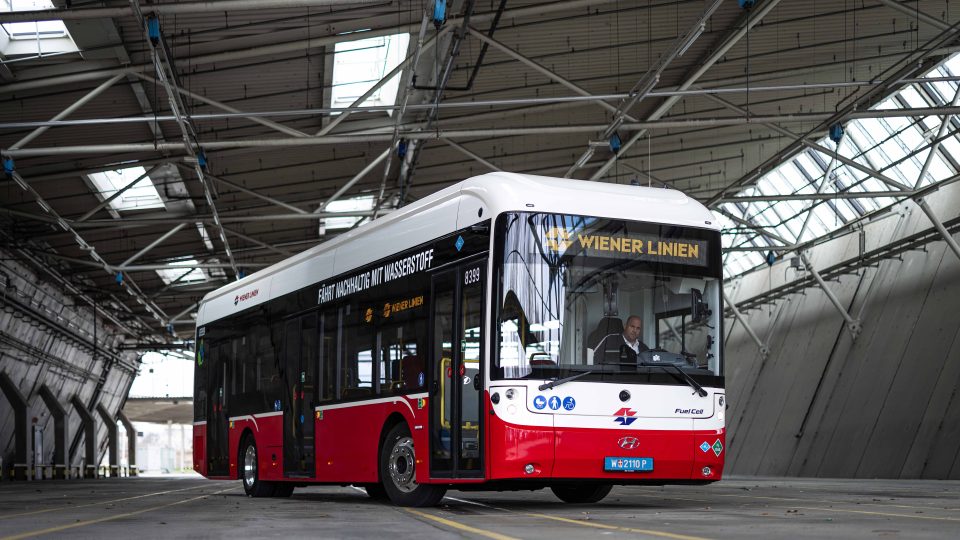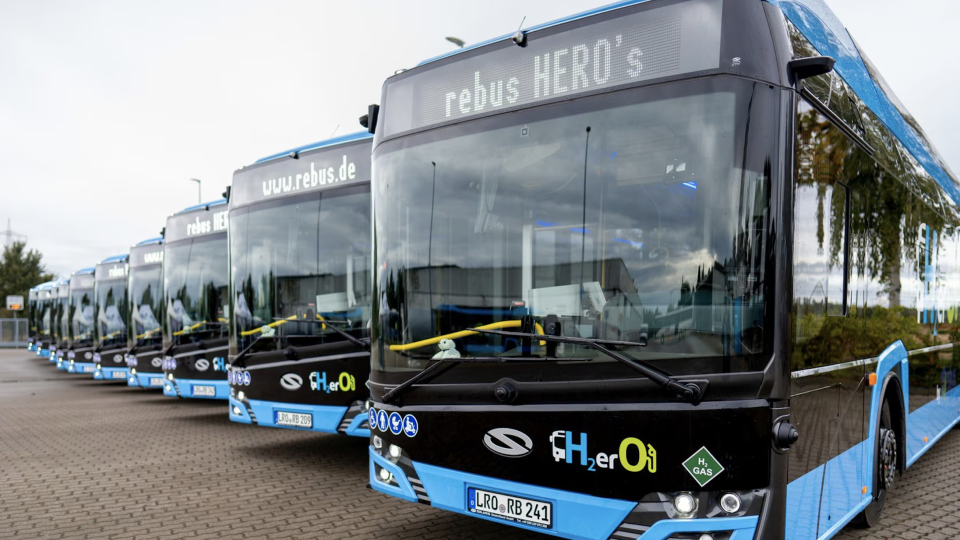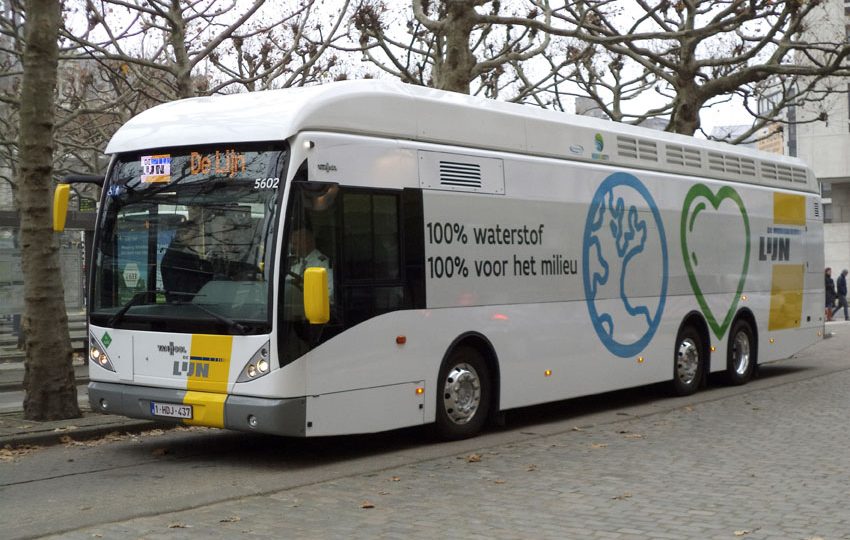Follow-up order for 20 H2 buses from New Flyer in San Francisco
San Francisco Bay Area’s AC Transit orders an additional 20 fuel cell buses from New Flyer, model Xcelsior CHARGE H2, unveiled in March 2019. The purchase was made through California’s State Cooperative Procurement, which New Flyer was selected for as a top-scoring approved supplier in 2019. 35 zero emission buses headed to AC Transit Supported […]
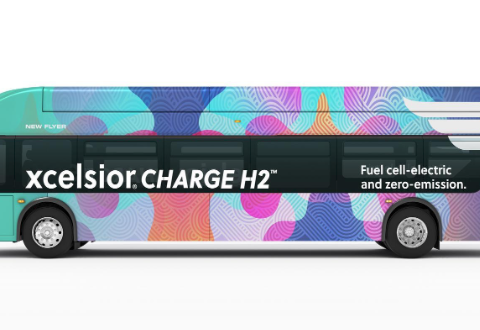
San Francisco Bay Area’s AC Transit orders an additional 20 fuel cell buses from New Flyer, model Xcelsior CHARGE H2, unveiled in March 2019. The purchase was made through California’s State Cooperative Procurement, which New Flyer was selected for as a top-scoring approved supplier in 2019.
35 zero emission buses headed to AC Transit
Supported by Federal Transit Administration funds, the order follows AC Transit’s 2019 purchase of ten hydrogen fuel cell-electric and five battery-electric buses from NFI, and demonstrably advances AC Transit’s Clean Corridors Plan (a commitment to operate a 25% zero- emission fleet by 2023) and ultimately its implementation of the California Air Resources Board (“CARB”) Innovative Clean Transit Regulation that requires all California agencies to transition to zero-emission bus fleets by 2040.
Based in Oakland, AC Transit is one of the largest bus-only systems in America, serving Alameda and Contra Costa counties in the San Francisco Bay Area’s East Bay, delivering over 52 million rides annually.
“Since 1980, NFI has delivered over 740 buses to AC Transit, and we are pleased to continue expanding zero-emission mobility in the greater San Francisco Bay Area through this follow-on order,” said Paul Soubry, President and Chief Executive Officer, NFI. “AC Transit is an innovative leader focused on delivering the best in urban mobility for its riders, and we look forward to supporting AC Transit on its continued journey to a fully zero-emission fleet.”
“With more Xcelsior CHARGE H2 fuel cell buses in its fleet, AC Transit can count on proven range performance, cleaner transportation, reduced noise pollution, and elimination of greenhouse gases – with buses that produce only clean water vapor from the tailpipe,” said Chris Stoddart, President, New Flyer and MCI.


